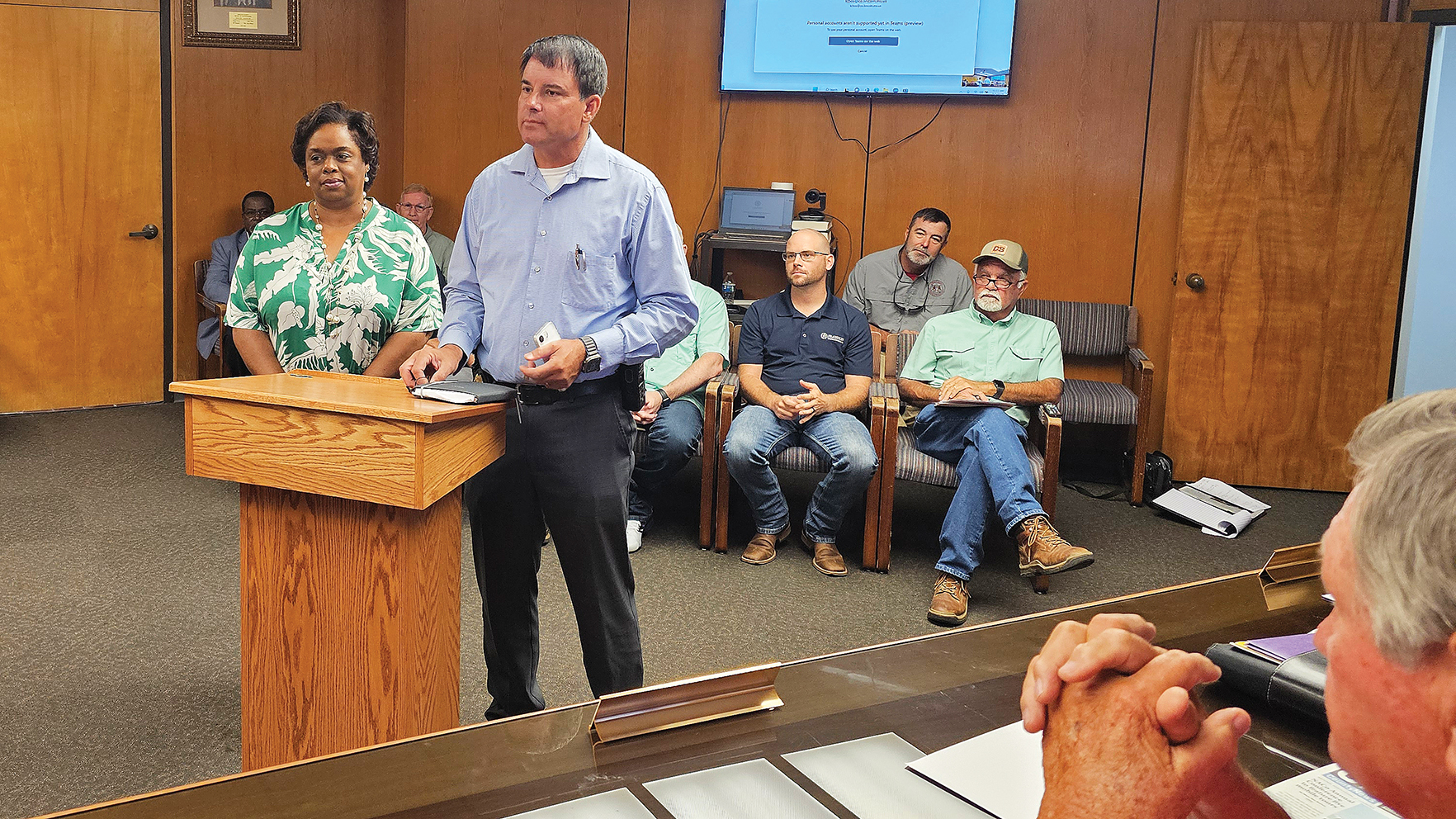Caution urged while swimming
Published 7:14 pm Saturday, May 28, 2016
“Swimming is a confusing sport, because sometimes you do it for fun, and other times you do it to not die. And when I’m swimming, sometimes I’m not sure which one it is,” comedian Demetri Martin once said.
Nothing epitomizes the arrival of summer more than jumping in the pool or pond or ocean for the first time. It’s heart-stopping cold at first, but then it’s gloriously refreshing.
But swimming is extremely dangerous and often deadly. In a matter of seconds you can go from splashing happily to frantically kicking for the shallow end or the shore — or worse.
About 10 people drown per day in this country, according to data from the Centers for Disease Control and Prevention. That’s not counting boating-related incidents. About 20 percent of those deaths are children under 14. Eighty percent of people who die from drowning are male.
Children ages 1-4 have the highest drowning rates, with most of those occurring in home swimming pools. Drowning is responsible for more deaths among children 1-4 than any other cause except birth defects, the CDC reported.
But drowning doesn’t affect all populations the same. African American children 5-19 drown in swimming pools at rates 5.5 times higher than those of whites. The disparity is greatest among those 11-12 where African Americans drown in swimming pools at rates 10 times those of whites, according to the CDC.
Humans, generally speaking, aren’t designed for water. We breathe air, don’t float extremely well, don’t have fins and tire easily.
But we desire to be near water. We are attracted to its life-sustaining properties, its soul-soothing sounds and the enjoyment it brings when we’re covered in it. Humans have always been drawn to water and always will be. That means humans will always drown.
But there is a simple way to reduce the number of drownings.
“We have found the cure to drowning, and it’s swim lessons,” Olympic swimmer Rowdy Gaines told a Virginia newspaper recently. “If you take swim lessons it’s been proven that you reduce that risk of drowning by 90 percent.”
That’s obvious enough. People who learn how to swim are less likely to drown. So how do we get more children to take swimming lessons?
There are ample opportunities locally. KDMC offers lessons at its fitness center, and several individuals do as well. If there are financial obstacles, surely there are organizations willing to donate money and/or time to make lessons possible. If there is not, the local community should find a way to create such an organization. Or maybe a local civic club can take on swimming as its project. Someway, somehow, more children need to learn how to swim.




